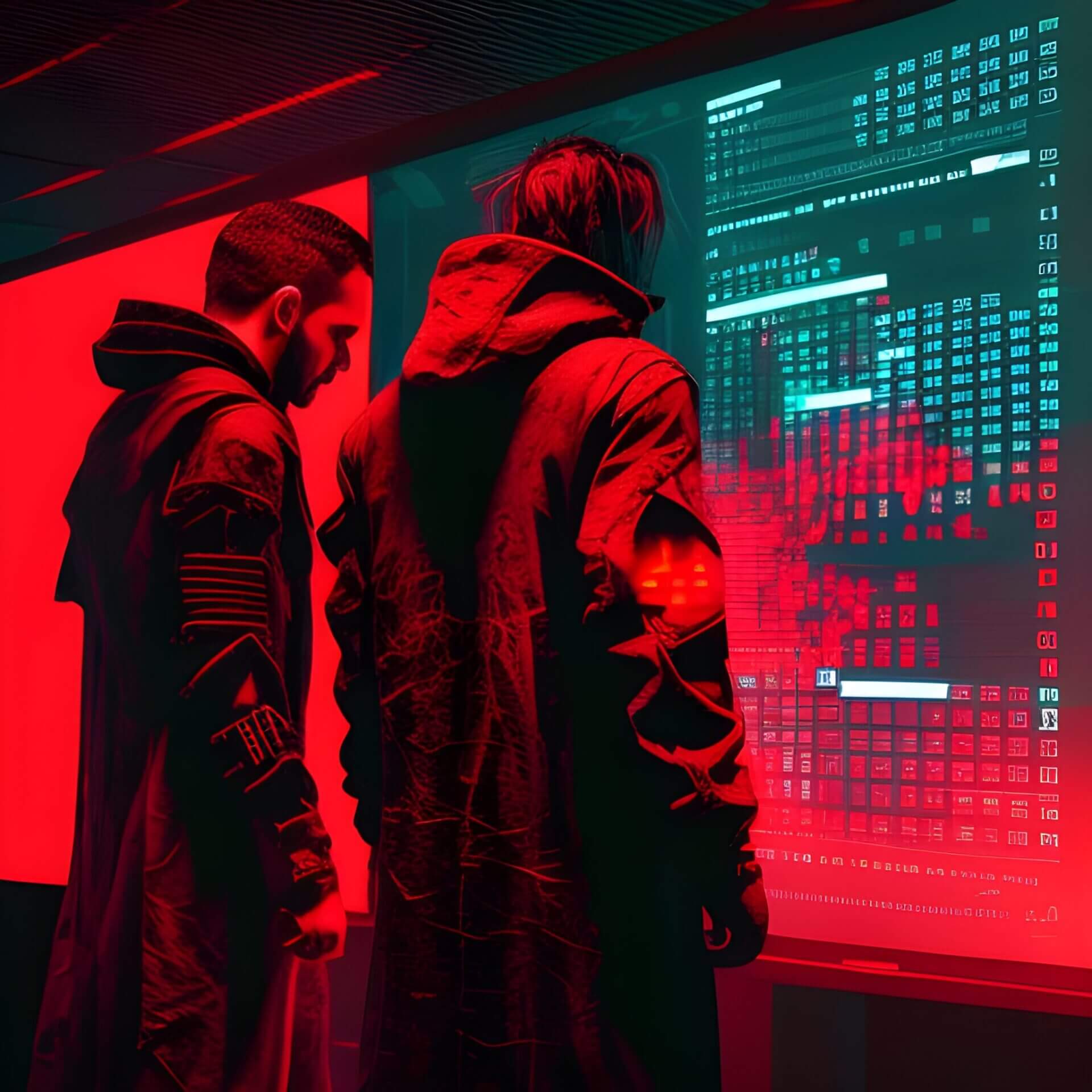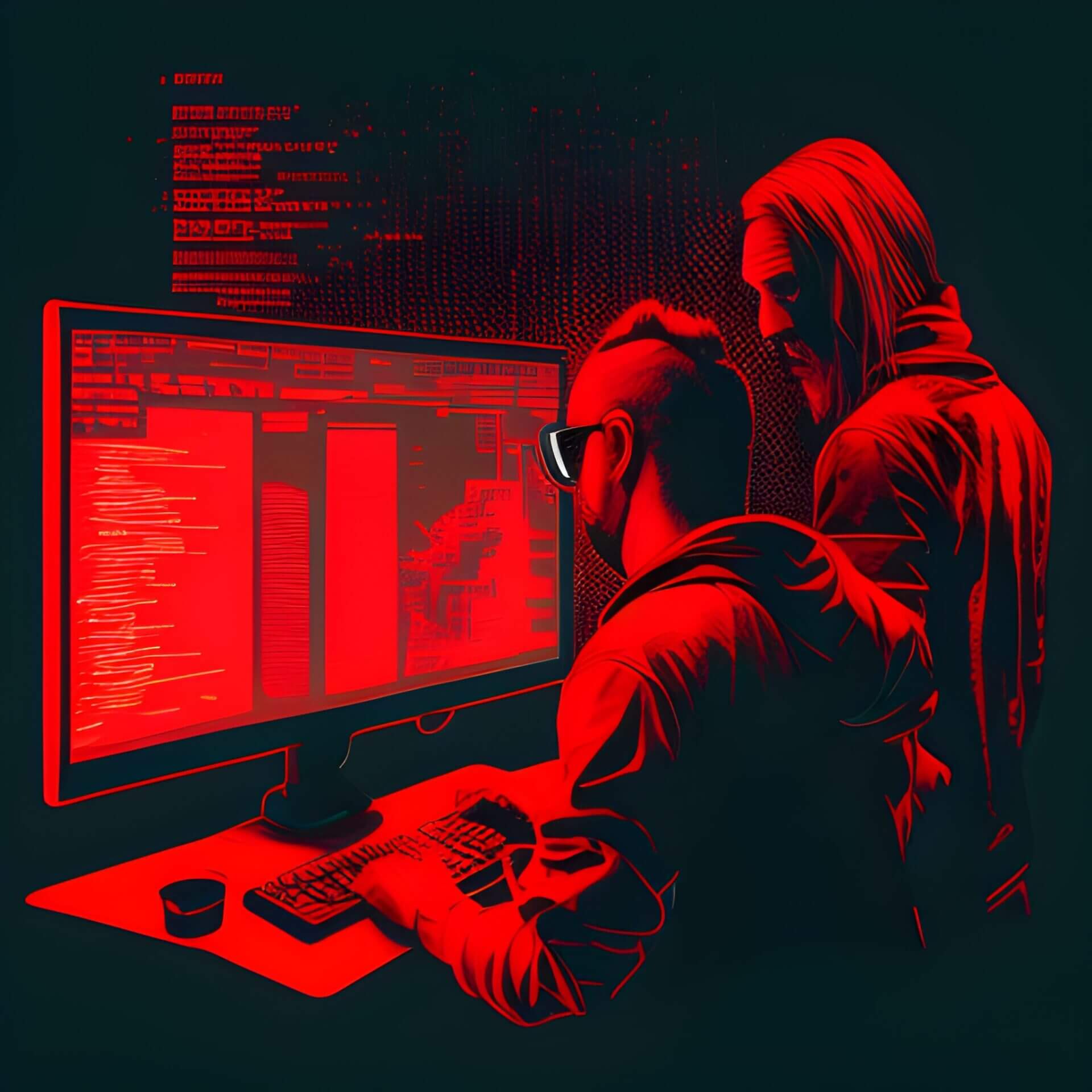Source code review

Before releasing or implementing software, companies should make sure that the code is free of vulnerabilities, loopholes or flaws that can lead to a data breach. A thorough source code review is needed to make the application resilient and secure.

What is source code review?
Work with cybersecurity experts
Pucara Cybersecurity employs both automatic and manual source code review strategies as part of our service. We use automatic tools to root out common vulnerabilities, but we take the manual approach to detect complex vulnerabilities that no automatic program can.
Our extensive background as offensive cybersecurity specialists provides us with a unique advantage. When you are manually reviewing code, you are making a calculated context assessment to provide insight into the real risk of the code at the evaluation stage. Because we know what attackers are looking for, we are uniquely qualified to understand the relevance of each vulnerability, and estimate the likelihood of an attack and its business impact.

Source Code Review Overview
We will review the application’s architecture and/or processes to become acquainted with the technology in use and then focus on the code’s most vulnerable functions .

Static Analysis
During the first stage, we perform a number of automated (such as regular rule-based scanners) and semi-automated (such as query languages such as Code QL) analyses, in order to find the most prominent vulnerabilities (i.e. “low-hanging fruit”).

Manual Analysis
The second stage involves manual review of the code looking for vulnerabilities that can only be detected by a specialist with a clear understanding of the application's underlying logic. These include use-after-frees, business logic bypasses and race conditions, among others.

Solution
After the analysis, we classify the found vulnerabilities as critical, high, medium, or low, to later facilitate their resolution according to criticality level for the impacted cyber asset.

Source code review is cost-effective and efficien
Applications are becoming increasingly more complex, and with new technologies constantly hitting the market, traditional testing methods are not enough to detect all code flaws in your application. A small mishap at the development stage creates future opportunities for attackers, which are much harder to fix later on and may not be detected until it’s too late and a breach has already happened.
With the average total cost of a data breach being $4.35M, a source code review is the single, most effective measure you can take to identify flaws and risks early in the development process and avoid future damages. Whether you are developing an app or integrating third-party software into your organization, it’s good business sense to ensure your code is secure and has long-term maintainability .
We’re Your Offensive Cybersecurity Partner
We will endeavour to answer all inquiries within 24 hours.
